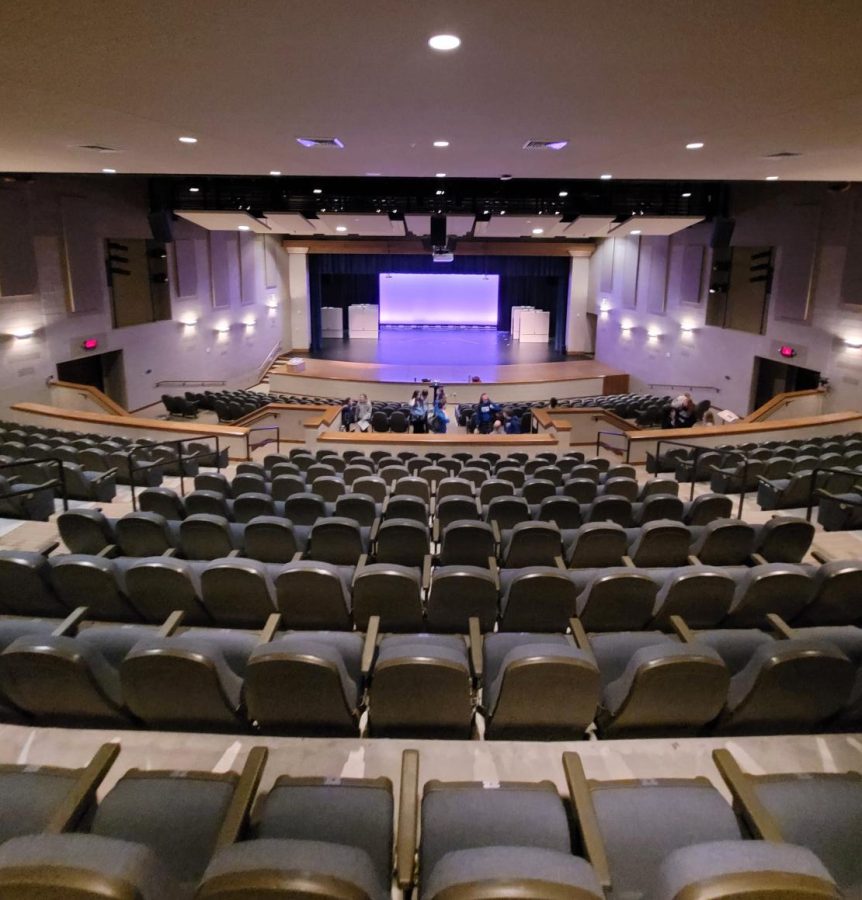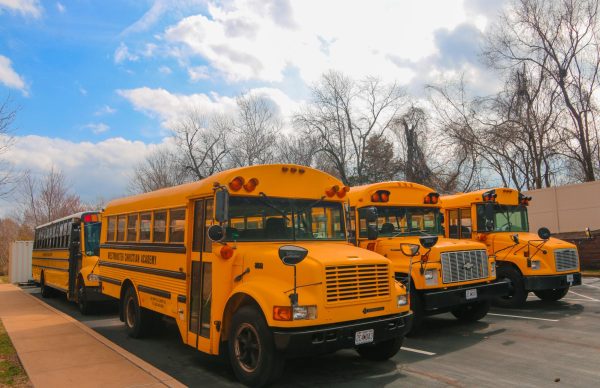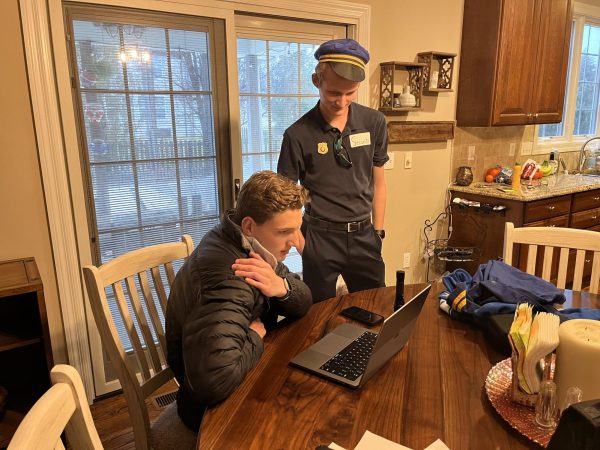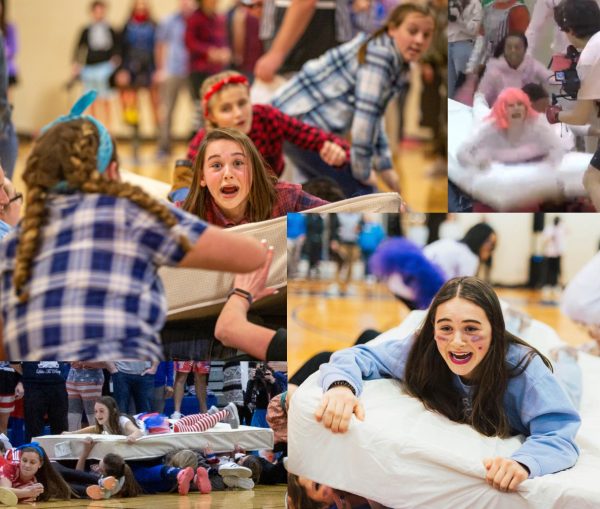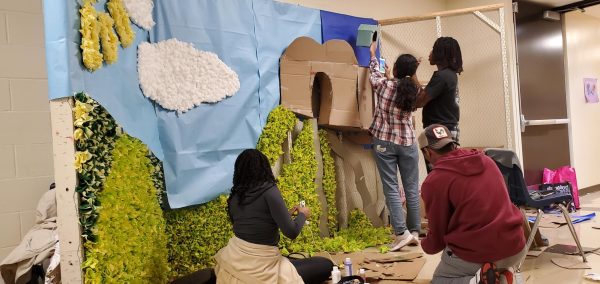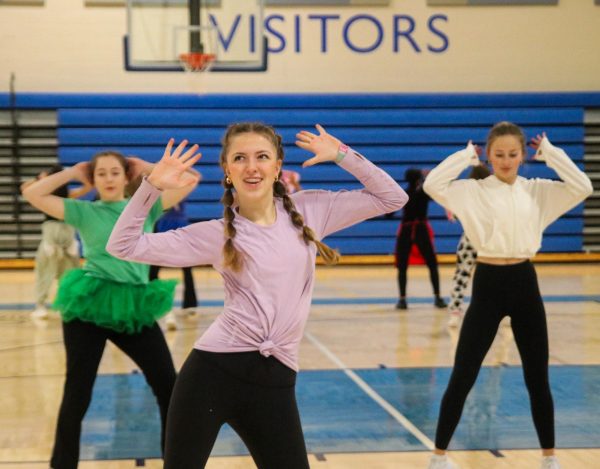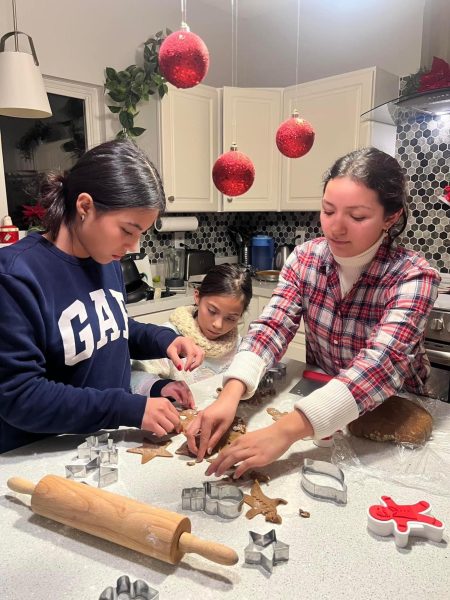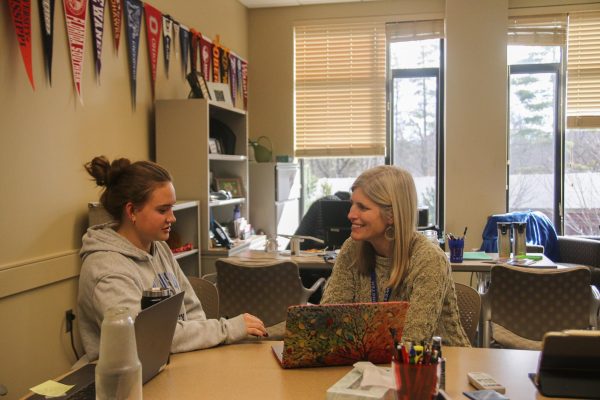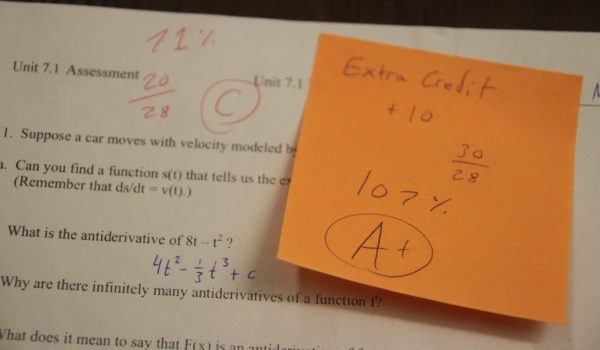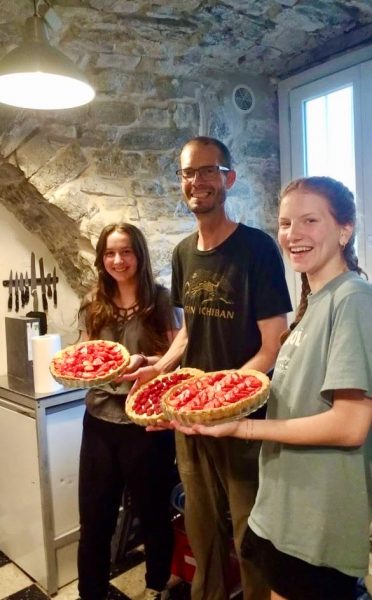Behind the Scenes of the Scenes
The theater at Westminster is a complicated and precise machine that hides its inner workings from the world. It is time to reveal what exactly goes on behind the scenes of the theater.
To most, the theater is nothing more than a stage on which actors perform for the school’s enjoyment. To those who participate however, the secret workings of the theater are open and clear to see.
Starting off in view of the audience is the orchestra pit. The front of the stage is noticeably a different color and material from the rest. This is the apron, which can be removed, revealing the pit. There is also a door leading down on the far right side of the stage, so removing the entire floor isn’t necessary.
When needed, the orchestra will sit in this pit and play. Descending into the pit, there is not much to look at. It is poorly lit and entirely gray, descending about ten to fifteen feet from ground level. With cement brick walls and a concrete floor, the pit simply lives up to its name.
In the center of the theater is a small alcove in which all audio is controlled onstage. It is called the sound booth. All microphone volumes, queues, whether they are on or off, it is all controlled in this booth. All sound effects and music are also queued here as well.
Up above the rest of the theater is a small room in which all lighting queues are controlled. It is called the lighting booth. Every light high above the stage, every backlight behind the actors, and every spotlight focusing on a solo, is controlled with an intricate board in this room.
Moving backstage, there is the receiver. It is located on stage right, meaning that looking at the stage from the audience, the receiver is offstage to the left. It is used to make sure the microphones on stage work well.
“It’s basically used to monitor the battery life of mics, whether they’re peaking, and a bunch of other technical stuff,” says Jacobi Robinson, junior involved with broadcasting and AV.
Continuing to the other side of the theater, out of sight, is the fly system. It is located on stage left. The fly is a system of ropes, pulleys, and levers used to fly objects onstage. Objects and curtains are rigged to metal rods above the stage, and the fly system controls if said object goes left, right, up, or down.
Easily the most exciting piece of the theater is the catwalk. Remaining on stage left, there is a ladder that is usually caged off. If you have the keys, though, you gain access to a pathway above the theater looking down on everyone in the audience.
As you go up the ladder, you enter an intersecting hallway. To the left is a smaller catwalk above stage left, but if you go left you turn the corner and reach another ladder. Climb this one, and you reach the catwalk.
While actors are, of course, the star of the production, many more people are involved behind the scenes. The intricacy of the behind-the-scenes operations going on during every single theater production is incredibly underappreciated. The complexity of every lighting and sound queue, the efficiency each stage hand has to move with during scene changes operating the fly, occasionally even the orchestra performing out of sight. Without these, and without all the secrets of the theater, no production would be possible.



